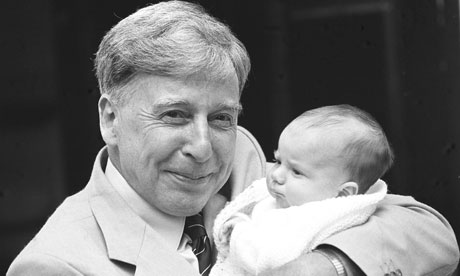 Dr. Robert Edwards spent decades trying to solve the riddle of infertility with IVF. His innovative approach was a lot like any you could find in a modern-day startup—underfunded, scrappy and improvised.
Dr. Robert Edwards spent decades trying to solve the riddle of infertility with IVF. His innovative approach was a lot like any you could find in a modern-day startup—underfunded, scrappy and improvised.It was in the mid-1950s when Robert G. Edwards, a young post-grad student who worked menial jobs to pay for his tuition at the University of Edinburgh, got a crazy idea.
Working on a genetics project with mouse embryos at a university lab, Edwards wondered if he could “pluck the egg from the ovary [of a woman] and fertilize it in the laboratory,” he wrote in his book, A Matter of Life. More importantly, he thought, if he could transfer the resultant embryo back into the woman’s womb, he’d solve one of mankind’s most vexing biological problems–infertility.
Considering this leap from mouse to man, it was an audacious thought, and a highly unlikely goal for a young scientist-to-be. But nearly 25 years later, in 1978, Edwards’s dream came true when the first child was born through in vitro fertilization.
The history of every innovation is unique with its own idiosyncratic quirks, characters, and defining cultural moments. But when we look back on ideas that were mere visions before they were embraced by the public, such as IVF, it can be helpful to see how an innovator like Edwards (who died earlier this month) pulled it off. Here are some lessons any entrepreneur or visionary can borrow from Edwards’s quest: Continue reading “What the Creators of IVF Can Teach Us About Innovation”

